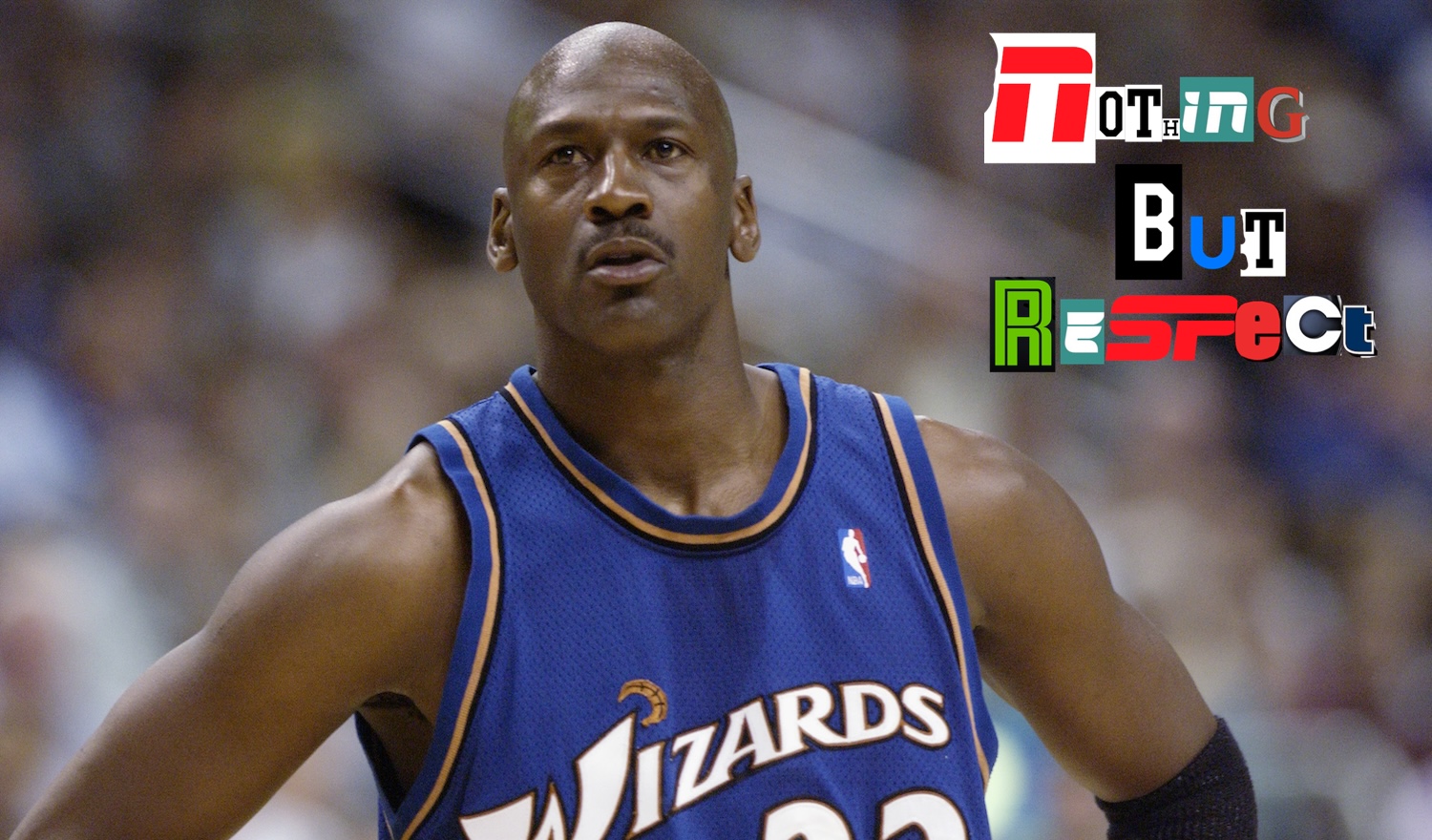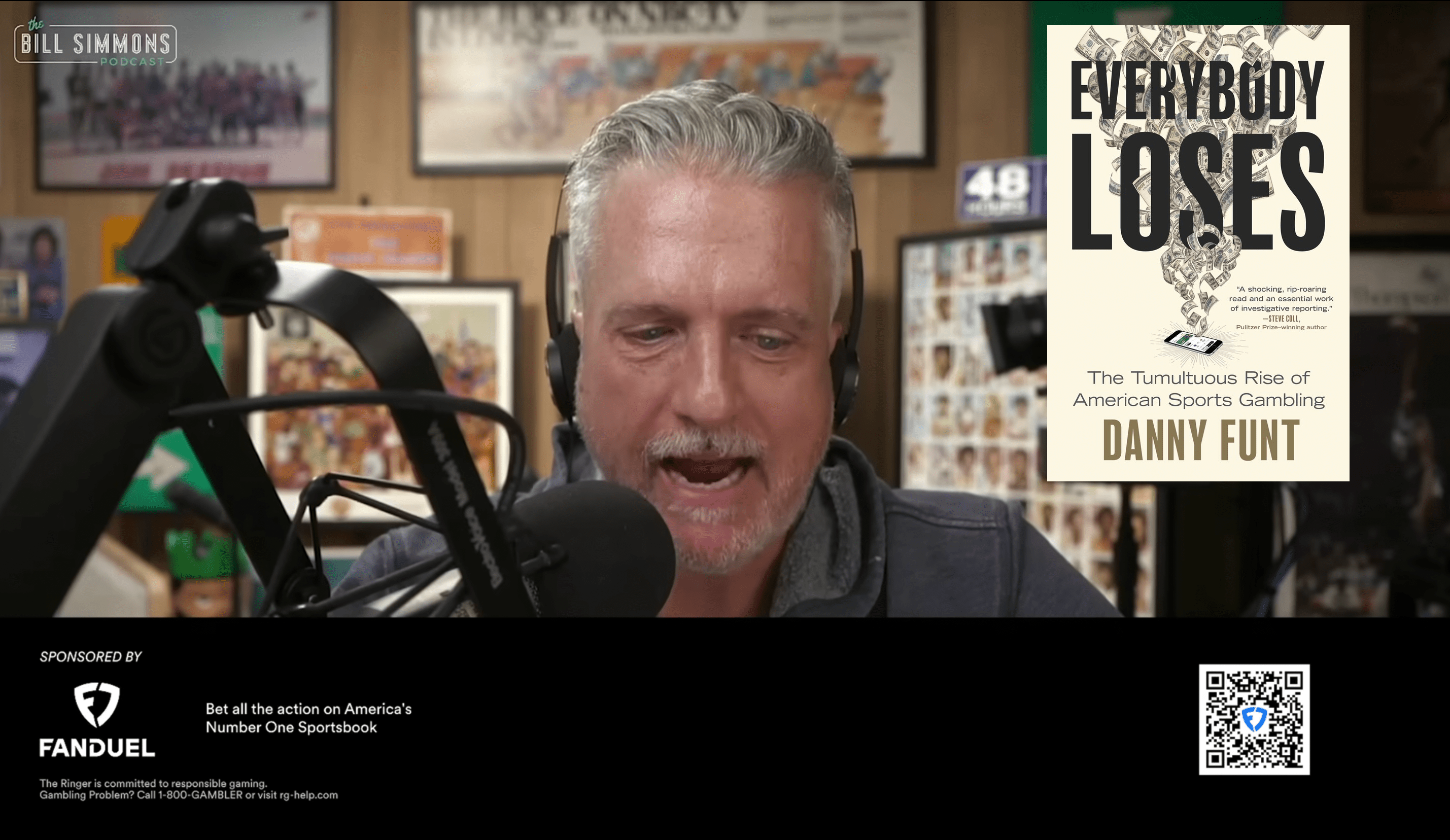A strange college hockey experiment came to an end last night. The Michigan Wolverines lost 3-2 in overtime to the Denver Pioneers in the Frozen Four semifinal. Michigan's roster this year featured the first, second, fourth, and fifth overall picks in last summer's NHL draft. Filling out the rest of the lineup were several—shudder—late first- and second-rounders. What could this collection of elite talent accomplish? The question loomed over the program all year.
I was curious about the NHL farm team in my backyard, and so were a lot of people. All season, I shared a press box at Yost Ice Arena with NHL writers checking in on prospects, and with team scouts and executives with mysterious intentions. Steve Yzerman showed up to a game against Minnesota but dipped in the second period, when Minnesota made it a total blowout. (Elliotte Friedman reported last week that the Red Wings are after Ben Meyers, the Golden Gophers’ leading scorer, and the NCAA’s top undrafted free agent.) A different night it was Sabres general manager Kevyn Adams slipping out early; he stopped to thank the kind press box ushers before he left.
Adams made the trip to Ann Arbor a few times this year because Buffalo’s defensive future may be here. In July, he chose Owen Power, a 6-foot-6 defenseman, with the first selection in the draft. Power plays a style I can only describe as half-asleep, which is reassuring in a defenseman—the high panic threshold and all. His size and mobility earned him pre-draft comparisons to Victor Hedman, though I never really saw it. (In prospect land, all tall defensemen are Victor Hedman.) Two years before, in the third round, Buffalo also drafted Michigan’s goaltender Erik Portillo, who was way more beleaguered this season than you’d expect a Goalie To The Stars to be.
That Michigan ever iced this stacked roster was an accident of the pandemic. Power, winger Kent Johnson (taken fifth overall by the Blue Jackets), and center Matty Beniers (taken second overall by the Seattle Kraken) all played their draft year at Michigan, but the pandemic had denied them the real college experience, the chance to play in front of a crowd, and a shot at the NCAA tournament, which Michigan forfeited last year due to positive test results in the program. So the news that they’d all be back for another shot at a title pleased Michigan fans accustomed to what MGoBlog has called the “Michigan Hockey Summer,” when you usually found that someone was turning pro early, or that a big recruit had changed his mind or been stymied by the admissions office. (A team of Michigan decommits could probably hold its own in the NHL. In net alone, you’d have your choice of Jack Campbell or John Gibson. Maybe that team wouldn’t hold its own, ha ha.) Not only would Michigan return those three, they'd also add freshmen Luke Hughes (of that Hughes family), a dynamic defenseman taken fourth overall by the Devils, and Mackie Samoskevich, a forward taken 24th overall by the Panthers.
Championship dreams can be dangerous in a sport where the results often correlate little to the inputs. Expecting “the most skilled team” to mean much in postseason hockey is like assembling the basketball team with the best penmanship. Each year, the Frozen Four exposes a schism that casts some doubt on the value of all those draft picks on the roster. One philosophy says that with only so many gangly NHL-bound teen phenoms to go around, you’re better off recruiting more physically mature players who have aged out of junior leagues. The average D-I men’s college hockey freshman is about 20. Last year, The Athletic’s Corey Masisak joked that the forwards Mankato State was icing in their Frozen Four semi might be older than the New Jersey Devils’ forward group playing that night. A follower of his did the math and said he was right. Before puck drop, I’d sometimes scan the opposing team’s printed line charts, and it always brought me a little comfort to see a birthdate before mine.
Earlier this season, the Wolverines were just outright physically dominated by a tough Western Michigan team. That October loss would haunt Michigan for the rest of the year, particularly after it came to light that head coach Mel Pearson may have tried to get out of playing Western again a few months later, when many of his top players were away playing at the world junior championships in Alberta. Michigan canceled a scheduled December game against Western, citing "health and welfare protocols." But curiously, they had enough skaters to play a game against a different opponent the day before.
A month after the Western ado, the Ann Arbor News reported that the university was investigating the team for "among other allegations, attempting to hide COVID-19 cases before last year’s NCAA Tournament." The other allegations included "creating a toxic work environment for female support staff" and "retaliating against a student athlete for 'raising concerns' about the hockey team's culture." The investigation, which is still ongoing, went unmentioned on the ESPN broadcast yesterday, but it likely jeopardizes Pearson's future at Michigan. His contract expires at the end of the month, and he declined to say after the Denver loss whether he’d be signing an extension. The Michigan Hockey Summer is finally coming due now, too: More highly ranked recruits are on their way, but Power, Beniers, and Johnson will reportedly sign their NHL contracts in the coming days.
If I went to these games hoping to figure out what everyone's deal was—who was destined for stardom and who would flame out—the quest fell short. It dawned on me quickly that I’d be writing the lamest blog: the kind with no conclusions. One night, I left Yost convinced I’d seen the next Bobby Orr in Luke Hughes. A different night, he got swiveled around, straight up dummied, by Minnesota’s Matthew Knies, a Leafs prospect, and I looked around in horror at the other reporters, all clacking away at their keyboards, like Hello? Is anyone else seeing this? There’s a scene in The Big Short where the hedge fund guys pay a field visit to a new, mostly abandoned housing development in Florida—everyone’s in default—and they realize they’re first witnesses to some catastrophic fraud.
I was left with deep admiration for the scouts, public and private, asked to take both types of nights into account, dream up some future for a 17-year-old, and then stake their professional reputation on it. I think I’d sooner be a dunk-tank clown; that might save me a little embarrassment.






